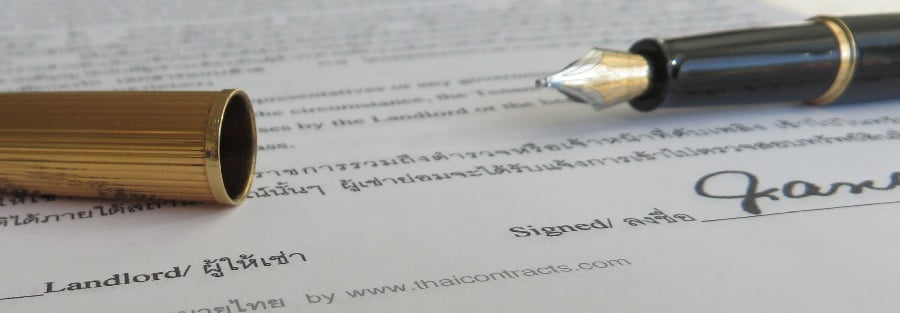
As you write your lease agreement, here are 10 tips to help you create an airtight document that will protect you and your property.

1. Know the law in the Lease Agreement.
Each state (and a number of cities) has different laws regarding the management of property, and rights of landlords and tenants. Familiarize yourself with these laws before writing your lease agreement. This will assist you in knowing exactly what you can and cannot put into an agreement.
2. Make it clear.

Confusing terms and a poorly written agreement can be misinterpreted, and may not hold up in court. Put your stipulations in easy-to-understand terminology, and explain anything that might be misconstrued.
3. Provide confirmation of the condition of the unit.
The lease should recite that the unit being leased is in good condition without damage or problems.
4. Pet policy for Lease Agreement.
Specify if you allow your tenants to have pets and if there are any restrictions. If you only allow a certain type of size of animal, state it here. Many landlords have an absolute prohibition on pets.
5. Lease Agreement is the Right of entry.
Each state requires a specific amount of notice before a landlord may legally enter a rented dwelling. The normal amount of time is 24 hours, but some states require 48 or 72 hours notice. Check the laws in your state before including this in the agreement.
6. Spell out what will happen to the security deposit.
If you require your tenants to pay a deposit against damages, you’ll need to specifically state what is considered “damage” to the dwelling.
7. Clearly state the amount of rent and deposits.
Include the amount you will be charging for rent and any deposit amounts in your rental agreement. State when the rent is due and when it is considered late. This will help prevent misunderstandings and give you legal recourse if the tenant is continually late.
8. Repairs and what you will and will not cover for Lease Agreement.

As a landlord, it is your responsibility to provide repairs for fixtures, heating and cooling equipment, and included appliances. However, in the lease, you can designate certain maintenance responsibilities on the part of the tenant. You can also hold the tenant responsible for repairs needed due to his or her negligence or wrongful acts.
9. Activity restrictions.
If you have a code of conduct, include it in your rental agreement. For example, if you do not allow loud music after a certain time or have other restrictions, add them to your rental agreement. This will provide your tenants with a clear idea of what they cannot do, and will protect your interests, should a tenant fail to follow your rules.
10. State what will happen if the lease agreement is breached by the tenant.

For example, if the tenant breaks the code of conduct or does not pay his or her rent on time, you can state that the landlord will have the right to terminate the lease and evict the tenant.
To find out more Office administration tips, you can click here: https://lookoffice.vn/category/office-administration-tips/
For Foreign companies want to start or expand businesses and look for an office in Vietnam:
CONTACT US
We offer a free consultation to support you to find a suitable Office For lease In Ho Chi Minh:
Phone: (+84) 398 716 459 – Available via Whatsapp/ Viber/ Zalo
Email: contact@lookoffice.vn
Website: https://lookoffice.vn/contact
Facebook: https://www.facebook.com/lookoffice.vn/
Office For Lease at LOOKOFFICE
source https://lookoffice.vn/ten-tips-on-writing-an-airtight-lease-agreement
Read Vietnam Economy Weekly News


No comments:
Post a Comment